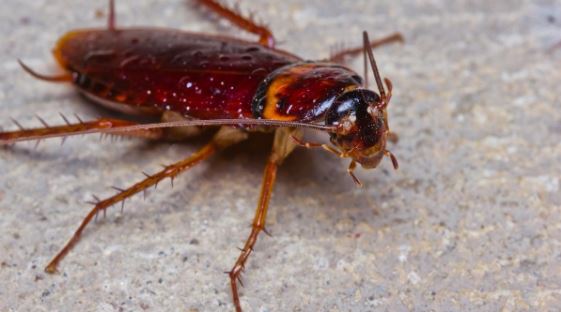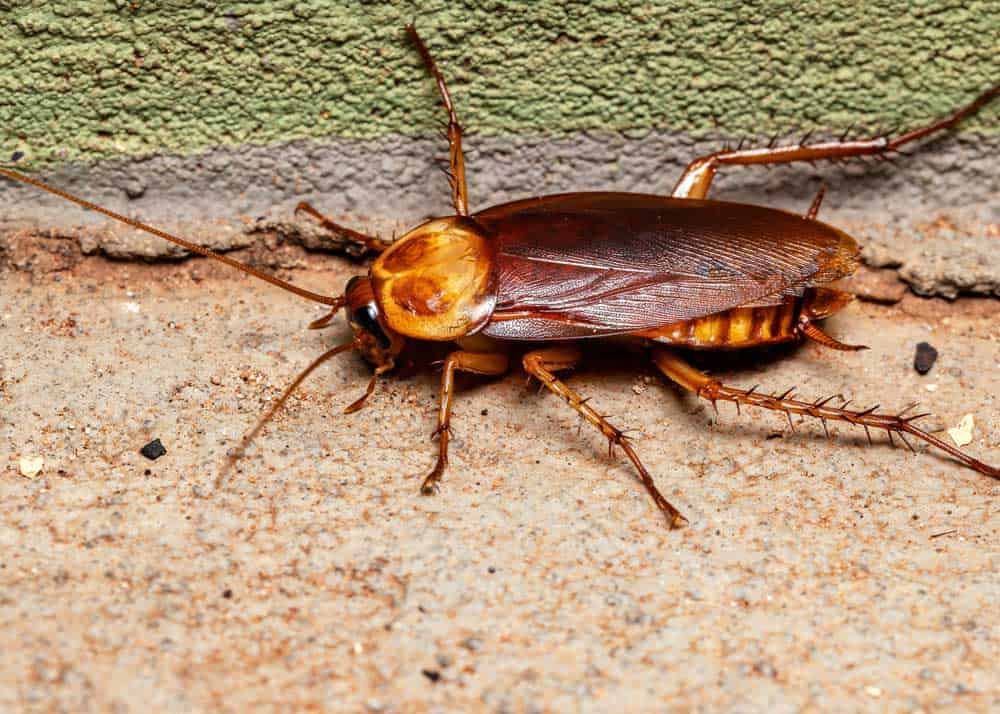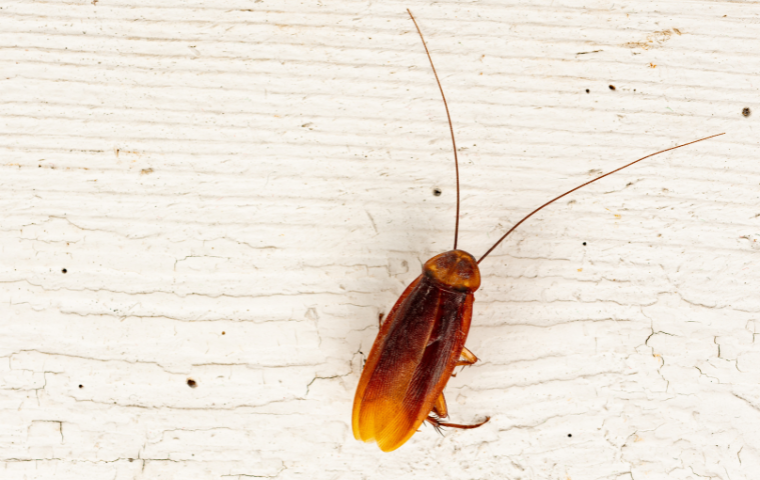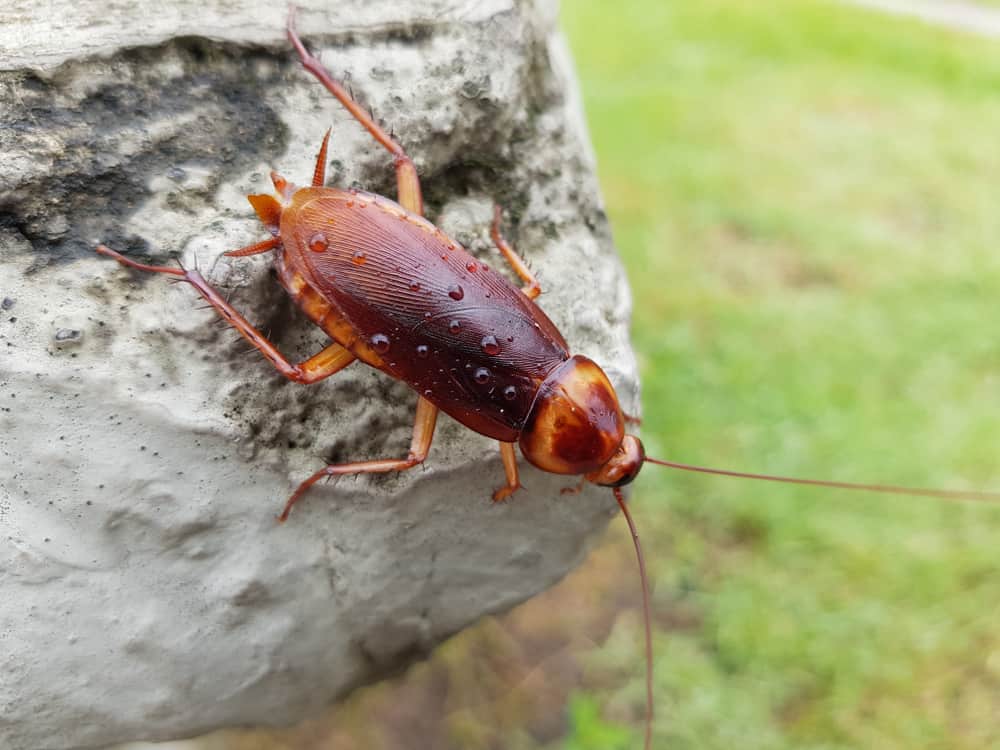Palmetto bugs are one of the most common pests in the United States, yet many people don’t know exactly what they are. What’s more, these insects’ name can even sound somewhat adorable – “palmetto bugs”. Yet, the reality is that these insects are nothing more than just cockroaches.
So, with that unpleasant revelation out of the way, let’s delve into some more details. Specifically, how to get rid of palmetto bugs and keep them from ever coming back?
What Exactly are Palmetto Bugs?
Palmetto bugs aren’t just a separate type of cockroach that is named differently. Instead, this is a name used for a few common cockroach types – the American cockroach (Periplaneta Americana), Smoky brown cockroach (Periplaneta Fuligionsa), and Florida wood cockroaches (Eurycotis Floridana).
What’s funny is that, depending on who you ask, these different woods cockroach types may or may not be considered to be palmetto bugs.
For example, the Smoky brown cockroach is called a palmetto bug in South Carolina but in many other US states people don’t consider it as such. The Florida wood cockroach is similarly called a palmetto bug in Florida but wouldn’t be counted as a palmetto bug in other states.
Some people also often mistake the Oriental cockroach for a palmetto bug but that monicker is rarely given to those insects officially.
The one cockroach that’s most commonly called a palmetto bug is the American cockroach – one of the three most common cockroach pest types in the US alongside the German cockroach and the Oriental cockroach. Even for the American cockroach, however, that name is mostly used in the southern states as it’s usually just called an American cockroach in the north.
In terms of physical appearance, these three types of palmetto bugs are different but not by much. All three of them are considered large cockroach types and can get up to 1 and 1/2 up to 2 inches long. Two of the three types also have wings and can glide or fly over short distances – those are the American cockroach and the Smoky brown cockroach.
Florida wood cockroaches don’t fly, however, they have a different defense mechanism – they have a special gland under their abdomen which secretes a nasty cocktail of smelly chemicals. Those aren’t toxic or poisonous to humans but they do have a foul smell which can deter most of this cockroach’s natural predators and will certainly make most homeowners unhappy.
Florida wood cockroaches can only secrete this liquid once a month but once an infestation gets into full swing there are so many roaches around that you can expect some of them to have their “weapons” ready at any moment.
This defense mechanism is likely why Florida wood cockroaches aren’t as frighty as other palmetto bugs and cockroaches. Whereas other species scatter and run the moment they see people, Florida palmetto bugs will often group together in a “defense formation” and prepare to release their biological weapons.
Other differences between these three palmetto bugs include their coloring. Florida wood cockroaches are reddish-brown to black, Smoky brown cockroaches have a mahogany or a “smoky brown” color as their name suggests, and American cockroaches have a lighter reddish brown color.
Why is all that name confusion necessary? Where does the name “palmetto bug” even come from?

Credit: ortho.com
Simple – the term comes from the palmetto trees that are quite common in the south, especially in coastal areas. Palmetto trees, also known as Sabal Palms, Sabal Palmettos, or Cabbage palms, are a type of palm tree that’s relatively smaller than the standard palm tree. Palmetto trees have actually been the state tree of Florida since 1953.
More importantly, however, palmetto palms are a favorite hiding spot for many cockroach species that are common in the southern US, hence why such roaches are often called Palmetto bugs.
And that’s about it – palmetto bugs are cockroaches in some southern US states that like to hide in palmetto palm trees, hence why the people there have come up with a separate name for them. Aside from this, an American “palmetto bug” cockroach in Florida is the exact same insect as an American cockroach in Michigan that doesn’t have the “palmetto bug” tag added to its name.
So, when looking into how to get rid of palmetto bugs, the exact same rules, tips, and tricks apply here as they do for most other cockroach types. Let’s get into those below.
How to Get Rid of Palmetto Bugs?

Credit: thebuginator
A palmetto bug infestation can be treated like any other cockroach infestation. These pests are incredibly fast and sneaky, they can hide in a lot of very hard-to-reach spaces such as behind heavy furniture, inside wall and floor cracks and crevices, as well as inside the sink, in pipes, vents, and more.
Plus, they are nocturnal so they usually come out while we sleep. Additionally, they can often nest outside our homes (in palmetto trees, for example) and invade our homes overnight.
This makes them much harder to kill than most other insects and it means that we need a multi-pronged approach to effectively kill palmetto bugs – just reaching for the vacuum may be effective for other bugs but won’t be enough here.
What’s more, while you can usually just trap and kill males, females often carry eggs on them and need to be dealt with more comprehensively or their eggs will often hatch even if the female is killed.
So, using a combination of insecticide spray, glue traps, and other bait trap types, Diatomaceous earth dust in key areas (including outside if you have palmetto trees or other suitable hiding/breeding spots near your home), Boric acid or insecticide powder stuffed in key cracks and crevices in your home, and more. Pest control professionals use such methods for fast and comprehensive cleaning and so should you.
Alternatively, if the situation is bad enough and/or if you live in an apartment building or in another tightly-packed building complex, you may just want to call professional services to deal with the problem.
This is often necessary when it’s clear that just getting the cockroaches out of your living space isn’t enough as they’ll just “shelter” in your neighbors and invade again in the near future.
How to Keep Them Away?

Credit: nativepestmanagement
Once you’ve got the palmetto bugs out of your home, keeping them out is the next crucial space. These insects may be bigger than many other roaches but they are still very sneaky and can squeeze through the tiniest of spaces.
So, keeping them out is usually a two-step process:
1. Turn your home into a roach-proof fortress in which these bugs just can’t enter even if they want to.
This means that you should seal off open cracks and crevices on your walls, floor, ceiling, and basement, put mesh on vents and pipes to prevent the insects from sneaking in, be careful of the wood you bring home as it might be infested, and more.
It’s also smart to use insecticide repellents in key areas. You can use some natural repellents such as peppermint oil or other essential oils but those aren’t as effective as chemical insecticides.
2. Remove or conceal all possible food palmetto bug food sources from easily-accessible areas as that tends to attract them into your home.
Like other roaches, palmetto bugs are omnivores and can be attracted to almost anything – the pet food bowl you’ve left for your pets, garbage cans, woodpiles stacked next to your home, food crumbs on the floor, dirty dishes, even paper, leather and book bindings as the bugs can gnaw at the glue.
These insects can even be predatory and go after smaller insect pests such as ants. This can be a lot to deal with but getting rid of such “temptations” for these bugs can keep them away for good as they’d have no incentive to get inside your home in the first place. Plus, just picking up the soap and cleaning your home is good in and of itself.
Why are Palmetto Bugs Problematic?
In the wild, cockroaches aren’t really considered pests as they feed on leaves and mulch. In fact, there they are beneficial insects as they help clean the dead plant matter from the ground and are a great food source for other animals.
In residential areas, however, roaches such as palmetto bugs can spread a whole host of nasty diseases such as salmonella, staphylococcus, streptococcus, and others because they constantly move from sewers and trash cans into people’s kitchens and back.
Fortunately, if you’re wondering whether palmetto bugs bite, the answer is no. It’s technically possible for a cockroach to bite someone if threatened but such instances are rare and incidental, and roaches don’t really have venom.
A bite can hypothetically spread diseases but so do the roaches themselves by walking around. Even if you’re not bitten, the mere presence of a large cockroach infestation nearby can produce such a strong and persistent musky odor that it can cause asthma attacks, allergic reactions, and other respiratory symptoms in many people.
In Conclusion
Palmetto bug infestations can be incredibly frustrating and tricky to deal with. Like any other cockroach infestation, however, they should be addressed as quickly and comprehensively as possible.
Doing so can be time-consuming, expensive, and difficult but it’s always possible – it just sometimes requires professional intervention if the infestation has gotten too out of control.
